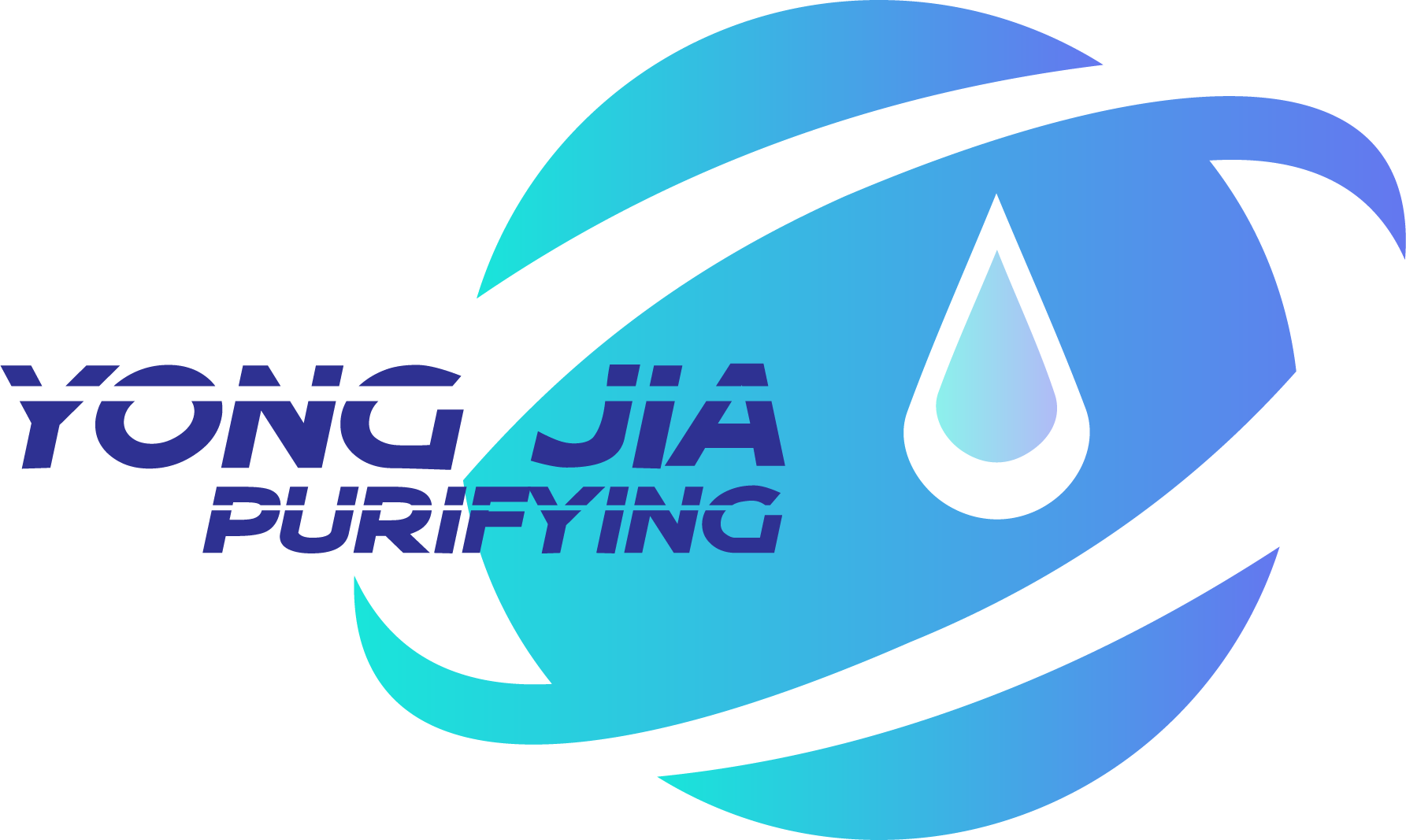1、 According to the separation factor Fr value, centrifuges can be divided into the following types:
1. Constant speed centrifuge
Fr ≤ 3500 (usually 600-1200), this type of centrifuge has a lower rotational speed and a larger diameter.
2. High speed centrifuge
Fr=3500~50000, this type of centrifuge has a higher rotational speed, usually with a smaller drum diameter and a longer length.
3. Ultra High Speed Centrifuge
Fr>50000, due to the high speed (above 50000 r/min), the drum is made into a slender tube type.
The separation factor Fr refers to the ratio of the centrifugal force exerted on the material in the centrifugal field to the gravity exerted on the material in the gravitational field.
2、 According to the operation method, centrifuges can be divided into the following types:
1. Clearance centrifuge
The processes of feeding, separation, washing, and slag unloading are all intermittent operations, and manual, gravity, or mechanical methods such as tripod and suspended centrifuges are used for slag unloading.
2. Continuous centrifuge
The processes of feeding, separation, washing, and slag unloading can be carried out automatically with gaps or continuously.
3、 According to the unloading method, centrifuges can be divided into the following types:
1. Scraper discharge centrifuge
The process is indirect and the operation is automatic.
2. Piston pushing centrifuge
The process is semi continuous and the operation is automatic.
3. Spiral discharge centrifuge
The process is continuous and the operation is automatic.
4. Centrifugal discharge centrifuge
The process is continuous and the operation is automatic.
5. Vibration discharge centrifuge
The process is continuous and the operation is automatic.
6. Rotary discharge centrifuge
The process is continuous and the operation is automatic.
4、 According to the process purpose, centrifuges can be divided into: filter centrifuges, settling centrifuges, and centrifugal centrifuges.
5、 According to the installation method, it can also be divided into vertical, horizontal, inclined, suspended, and tripod types.
Centrifuge is a mechanical device that uses centrifugal force to separate various components in a mixture of liquid and solid particles or liquid and liquid.
Centrifuges are mainly used to separate solid particles from liquids in suspensions; Or separate two immiscible liquids with different densities in the emulsion (such as separating cream from milk); It can also be used to remove liquids from wet solids, such as using a washing machine to dry wet clothes; The special overspeed tube separator can also separate gas mixtures of different densities; Taking advantage of the different settling speeds of solid particles with different densities or particle sizes in liquids, some settling centrifuges can also classify solid particles according to their density or particle size.
Centrifuges are widely used in industries such as chemical, petroleum, food, pharmaceutical, mineral processing, coal, water treatment, and shipbuilding.
In ancient China, people tied one end of a rope to a pottery jar, held the other end of the rope in their hands, and rotated the jar to produce centrifugal force to squeeze out honey from the jar. This is the early application of the principle of centrifugal separation.
Industrial centrifuges were born in Europe, such as in the mid-19th century, when three legged centrifuges were used for textile dehydration and top suspended centrifuges were used for separating crystalline sugar in sugar mills. These earliest centrifuges were operated intermittently and manually for slag removal.
Due to the improvement of the slag unloading mechanism, continuous operation centrifuges emerged in the 1930s, and intermittent operation centrifuges were also developed due to the implementation of automatic control.
Industrial centrifuges can be divided into three categories according to their structure and separation requirements: filter centrifuges, settling centrifuges, and separators.
A centrifuge has a cylinder that rotates at high speed around its own axis, called a drum, usually driven by an electric motor. After the suspension (or emulsion) is added to the drum, it is quickly driven to rotate at the same speed as the drum, and under the action of centrifugal force, each component is separated and discharged separately. Usually, the higher the drum speed, the better the separation effect.
The working principles of a centrifugal separator include centrifugal filtration and centrifugal sedimentation. Centrifugal filtration is the centrifugal pressure generated by the suspension in the centrifugal force field, which acts on the filtering medium, causing the liquid to pass through the filtering medium and become the filtrate, while solid particles are intercepted on the surface of the filtering medium, thus achieving liquid-solid separation; Centrifugal sedimentation is the principle of rapidly settling and layering components with different densities in suspension (or emulsion) in a centrifugal force field, achieving liquid-solid (or liquid-liquid) separation.
There is also a type of separator used for experimental analysis, which can perform liquid clarification and solid particle enrichment, or liquid-liquid separation. This type of separator has different structural types operating under atmospheric pressure, vacuum, and freezing conditions.
The important indicator for measuring the separation performance of a centrifugal separator is the separation factor. It represents the ratio of the centrifugal force exerted on the separated material in the drum to its gravity. The larger the separation factor, the faster the separation usually occurs, and the better the separation effect. The separation factor of industrial centrifugal separators is generally 100-20000, and the separation factor of overspeed tube separators can reach up to 62000. The separation factor of analytical overspeed separators can reach up to 610000. Another factor that determines the processing capacity of a centrifugal separator is the working area of the drum, which has a large working area and a large processing capacity.
Filter centrifuges and settling centrifuges mainly rely on increasing the diameter of the drum to expand the working surface on the circumference of the drum; In addition to the circular wall of the drum, the separator also has additional working surfaces, such as the discs of the disc separator and the inner cylinder of the chamber separator, significantly increasing the settling working surface.
In addition, the more detailed the separation of solid particles in the suspension, the more difficult it is to separate, and the amount of fine particles carried away in the filtrate or separation solution will increase. In this case, a centrifugal separator needs a high separation factor to effectively separate; When the viscosity of the liquid in the suspension is high, the separation speed slows down; The large density difference of each component in suspension or emulsion is beneficial for centrifugal sedimentation, while centrifugal filtration of suspension does not require a density difference of each component.
The selection of a centrifugal separator must be based on a comprehensive analysis of the size and concentration of solid particles in the suspension (or emulsion), the density difference between solid and liquid (or two types of liquids), liquid viscosity, the characteristics of filter residue (or sediment), and separation requirements, in order to meet the requirements for the moisture content of filter residue (sediment) and the clarity of filter liquor (separation liquid). A preliminary selection of which type of centrifugal separator to use is required. Then, based on the processing capacity and automation requirements for operation, the type and specifications of the centrifuge are determined, and then verified through actual experiments.
Usually, for suspensions containing particles with a particle size greater than 0.01 millimeters, a filter centrifuge can be used; For small or compressible particles in the suspension, a settling centrifuge should be selected; For suspensions with low solid content, small particles, and high requirements for liquid clarity, separators should be used.
The future development trend of centrifugal separators will be to enhance separation performance, develop large-scale centrifugal separators, improve slag discharge mechanisms, add specialized and combined drum centrifuges, strengthen separation theory research, and study optimization control technologies for centrifugal separation processes.
Strengthening separation performance includes increasing drum speed; Add new driving force during centrifugal separation process; Accelerate the speed of slag pushing; Increase the length of the drum to prolong the time for centrifugal sedimentation separation, etc. The development of large-scale centrifugal separators mainly involves increasing the diameter of the drum and using double-sided drums to improve processing capacity, reducing equipment investment, energy consumption, and maintenance costs for handling unit volume materials. In terms of theoretical research, the main focus is on studying the fluid flow status and slag formation mechanism within the drum, as well as the calculation methods for minimum separation and processing capacity.








